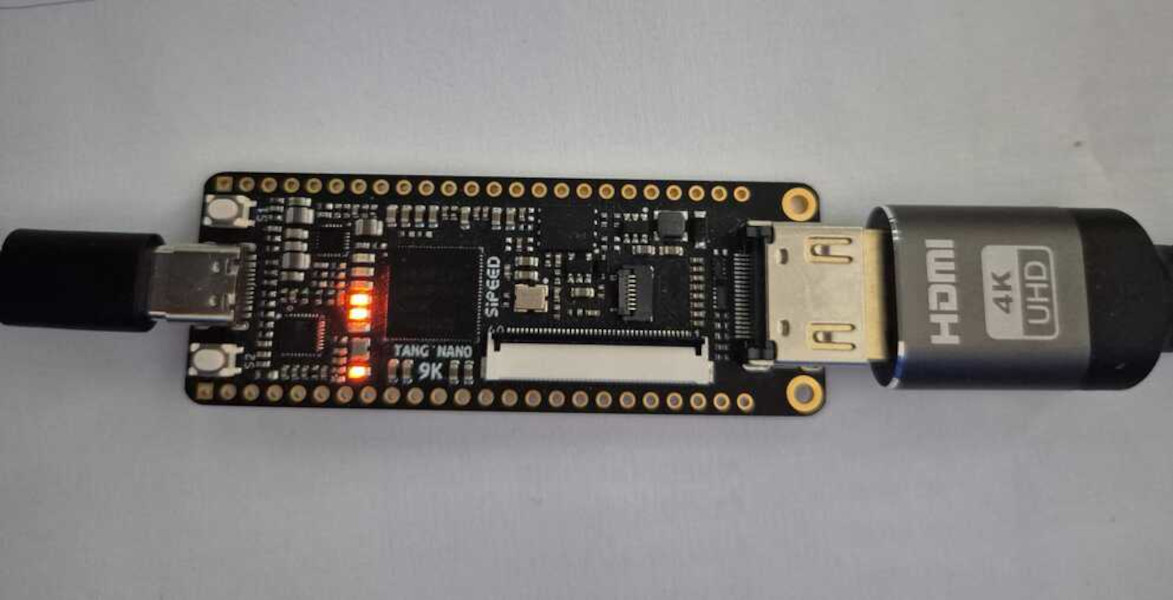The iconic Commodore 64 has received a new lease on life thanks to an innovative project known as the VIC64-T9K. This initiative utilizes the Tang Nano 9k FPGA to emulate the classic hardware, specifically the VIC-II video chip and the 6502 CPU. The project serves as a proof-of-concept, showcasing how modern technology can breathe new life into retro computing.
FPGAs, or Field-Programmable Gate Arrays, have become increasingly popular for those seeking to preserve vintage hardware. While some enthusiasts choose to emulate systems through software, others prefer restoring original machines. The VIC64-T9K strikes a balance between these two approaches. Inspired by the existing C64_MiSTer project, which is based on the DE10-Nano FPGA, this new implementation does not replicate every feature of the original Commodore system but provides the essential components necessary for operation.
Technical Specifications and Features
The VIC64-T9K supports HDMI video output, allowing users to connect to modern displays easily. Using a custom kernel, the project has successfully demonstrated several graphics capabilities, including sprite animations. The development was undertaken by Jo, who designed the system using a combination of Verilog and VHDL. This project not only serves as a learning tool for Jo but also offers a more affordable option for Commodore enthusiasts who may not have access to the original hardware.
For those seeking an authentic Commodore experience, the project retains the original case and keyboard, ensuring that the aesthetic and tactile elements remain true to the classic design. The Tang Nano 9k FPGA variant provides a cost-effective method for enthusiasts to explore retro computing without the high price tag often associated with vintage machines.
Community Impact and Future Prospects
The VIC64-T9K project exemplifies the growing trend of using FPGAs to revive classic technology. As interest in retro computing continues to surge, initiatives like this one foster a community of hobbyists and developers dedicated to keeping the spirit of vintage computing alive. By making the technology more accessible, Jo’s work could inspire further developments in the field.
As this project progresses, it will be interesting to see how it evolves and if it inspires similar endeavors aimed at other classic systems. The blend of nostalgia with modern technology highlights the enduring appeal of the Commodore 64 and its place in computing history. Enthusiasts now have another avenue to engage with one of the most beloved home computers of the past, ensuring that its legacy remains vibrant for future generations.








































































